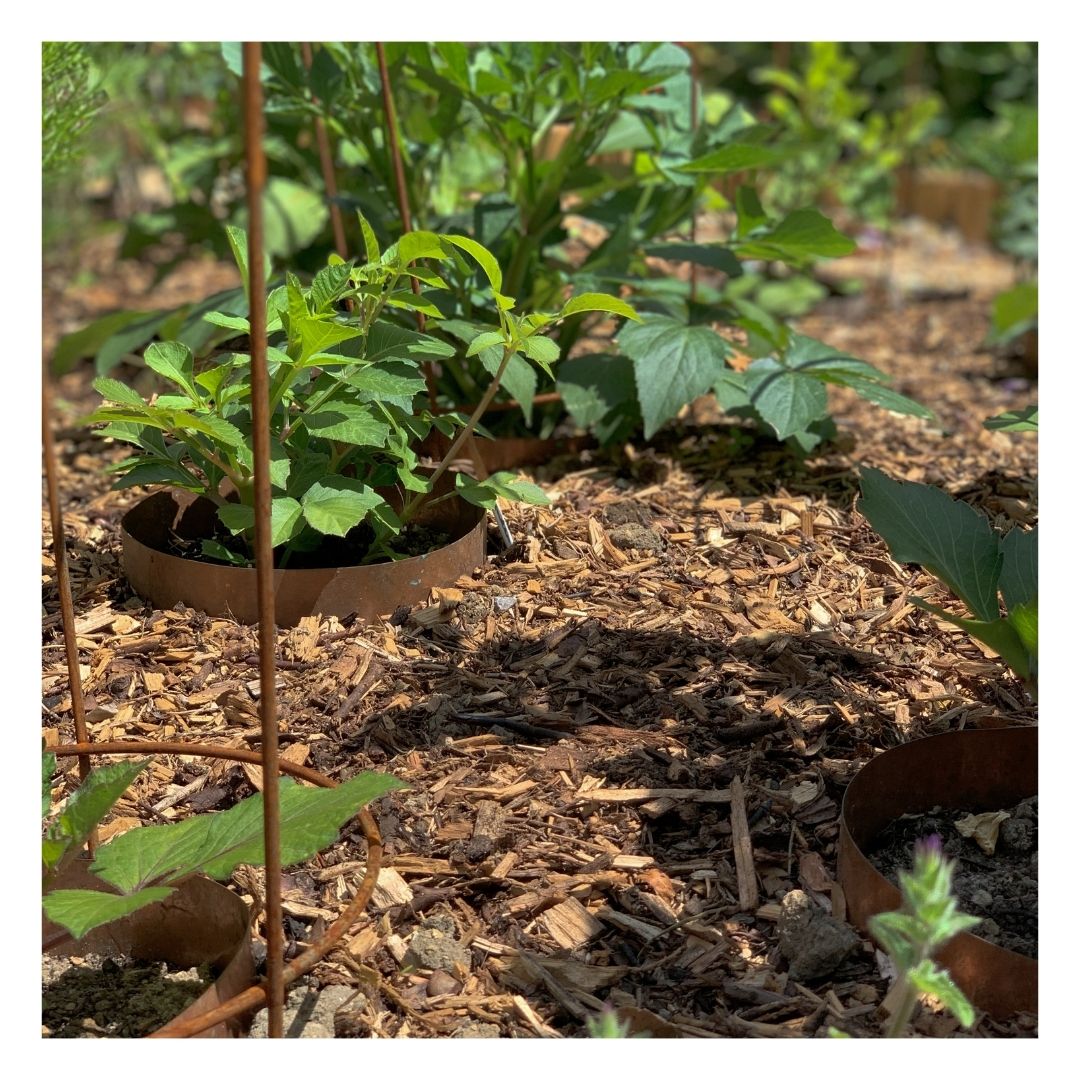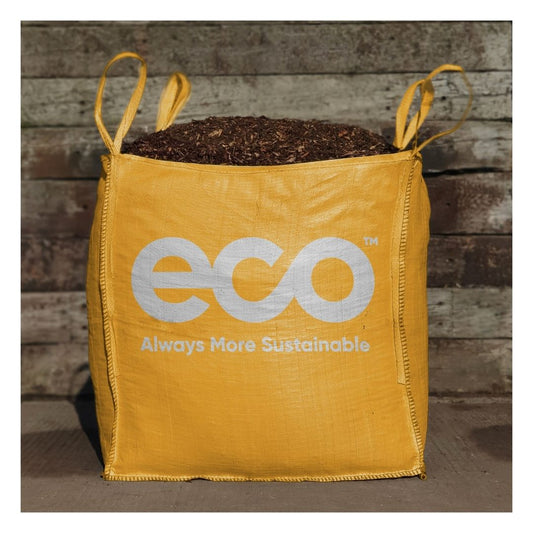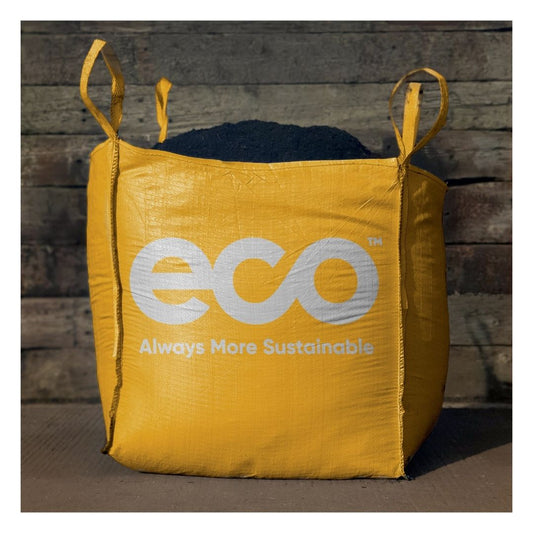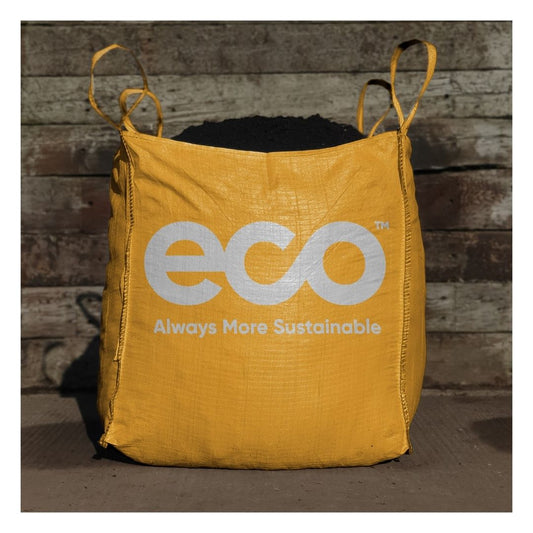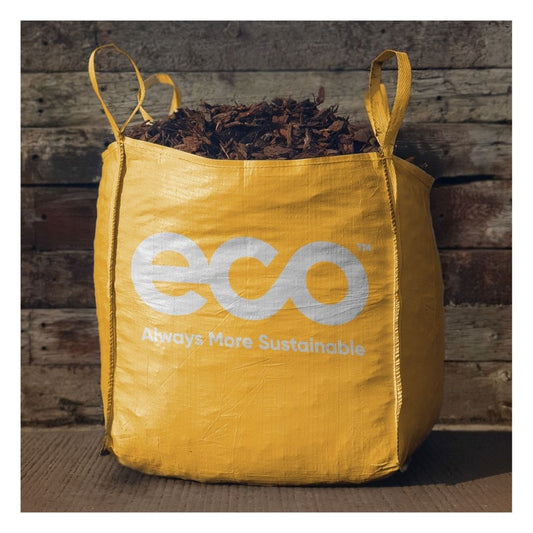Development Vs Biodiversity
The lack of new housing is slowly inflating the cost of other houses as more first time buyers enter the market and less of them leave. In March 2009, the average house price in the UK was just £154k, yet, as of March 2016 it had risen 34% to £207k. The clear demand for housing is met by an inability to supply, increasing the cost and making it hard for first time buyers to afford a mortgage and get on the property ladder.
Housing in the UK is in a sorry state of affairs.
It’s estimated that between 230,000 and 300,000 new houses need to be built in the UK every year to support the growing population. However, this level of accommodation growth hasn’t been satisfied since the late 70s, where housing production scraped in to deliver barely 300 thousand new units. Simply building more houses seems like the solution to the problem. Over supplying the market begins to force prices down, after all. However, there are a number of obstacles that make housing development difficult.
Green Belt Land
Planning applications and land purchases can be denied or halted for a number of reasons: opposed neighbours, environmental concerns, cost of land, etc. However, there’s always one big debate that occurs when discussing the housing market shortages and land development in the UK – green belt land. Green belt land is land surrounding urban areas that has been protected from development by legislation. This legislation is implemented to slow or stop urban sprawl and help clearly define the boundary between countryside and city.
Green belt land is the supporting pillar of wildlife in the UK. With the UK invertebrate population falling 45% in 35 years, bee and wasp numbers dropping by 60% and 3 quarters of butterfly species declining, green habitat is understandably not something we should be destroying with affordable housing.
Biodiversity & Green Belt Challenges
As a country, we find ourselves in a catch 22. If we continue to expand into our green areas, we won’t have any more wildlife, biodiversity or countryside to enjoy. Yet, if we don’t expand, there won’t be anyone around to enjoy it. It seems that we cannot have a huge cake and room on the table to enjoy it. There is, however, one way that we can have our metaphorical cake and eat it too. As a country, to overcome our accommodation crisis, need to get over our apartment prejudice. A tall cake is just as delicious as a wide cake.
The majority of our biodiversity challenges and development shortfalls can be assigned to our obsession with building outward, not upward. Affordable housing can be stacked, one on top of the other, with 10+ times the accommodation within a similar single house footprint.
There doesn’t have to be a compromise on room size or amenities, sound pollution isn’t an issue in properly built buildings, and bulk building properties results in savings for developers. Buyers simply need to be willing to give up their ‘obsession’ with owning a plot of land and a whole building.
Yes, there are downsides to owning an apartment when compared to owning your own home – you can’t simply build an extension, you don’t have a dedicated parking space (at least, not a close one) etc. There are definitely a few compromises, but they are similar when compared to a lot of affordable first houses.
Shop Eco Top Sellers
-
Eco Woodland Garden Mulch
Regular price £126.95 GBPRegular priceUnit price per -
Eco Organic Compost: Beds & Borders
Regular price £126.95 GBPRegular priceUnit price per -
Eco Mulch: Soil Improving Mulch
Regular price £121.95 GBPRegular priceUnit price per -
Eco Bark Nuggets
Regular price £196.95 GBPRegular priceUnit price per
